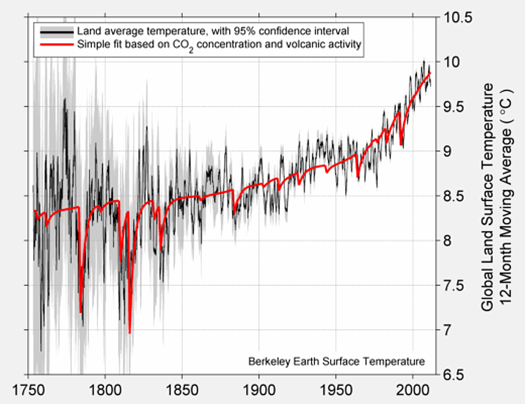Peter Lang (et al.) is right. (Though I seem to remember a bit about direct “net benefits” from AGW until ~2060.)
It goes two ways. First, the direct benefits of FF consumption are a demographic H-bomb. Coal and oil, in all their “unfiltered glory”, have saved or extended the lives of hundreds of millions, if not billions, and has enabled modernity.
Second, the effects — so far — are net-positive. The relevant question is when and if we reach a point of diminishing return, eventually leading to net damage.
If the trend continues in a “business as usual” scenario, in light of the reduced TCR/ECS estimates (even from IPCC lead authors), we may expect perhaps 1.5C/CO2 doubling (ECS). Feedbacks are ~net-neutral, as is obvious from the empirical data (even the adjusted stuff).
Bear in mind that even Stern (2006), with his hideously low discount rates, and flatly incorrect “very extreme weather” and risible “dumb farmer” scenarios estimates that AGW will cost us ~20% of GWP in 200 years (most of that being in the second hundred years). And he also concedes that GWP will be many times what it is today by then. That’s with 5C – 6C warming.
But it is looking more and more that we will top out near the top of the warming-benfit curve at a third to a quarter that if we just go about our business. That would be a win-win. Are we to “compensate” the FF companies for that “damage”? I say we just be big about it and call it even-steven. #B^)










